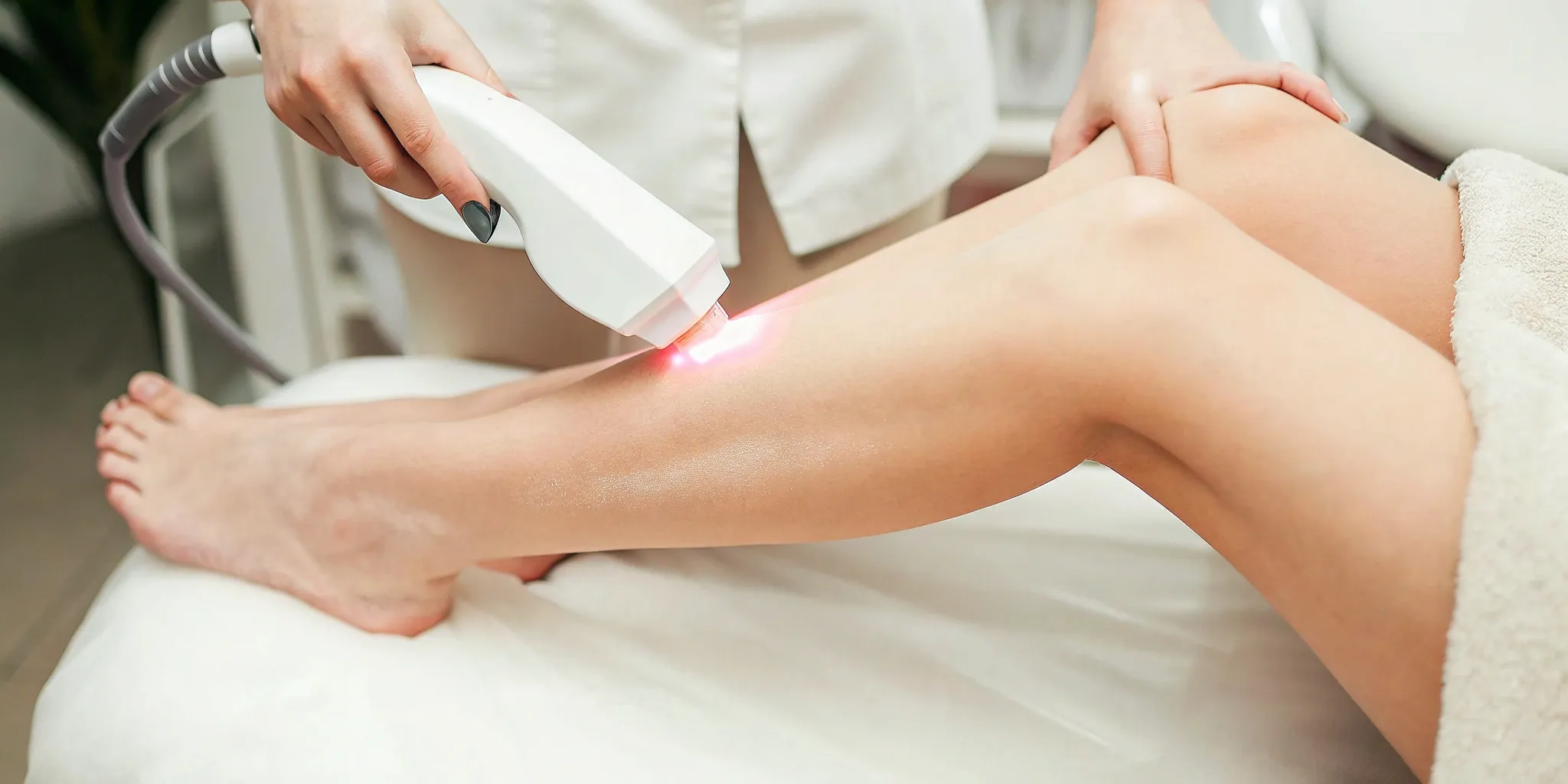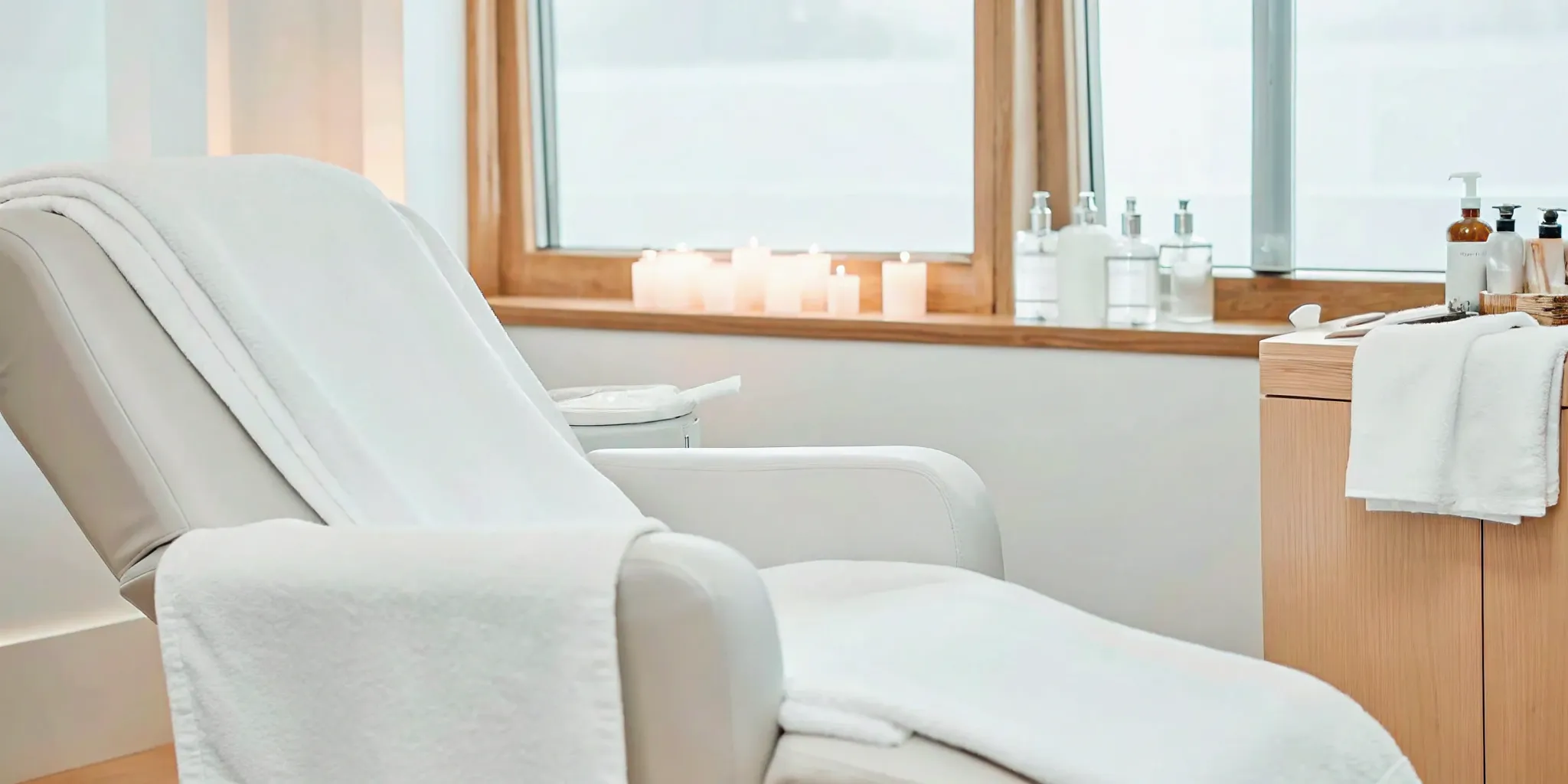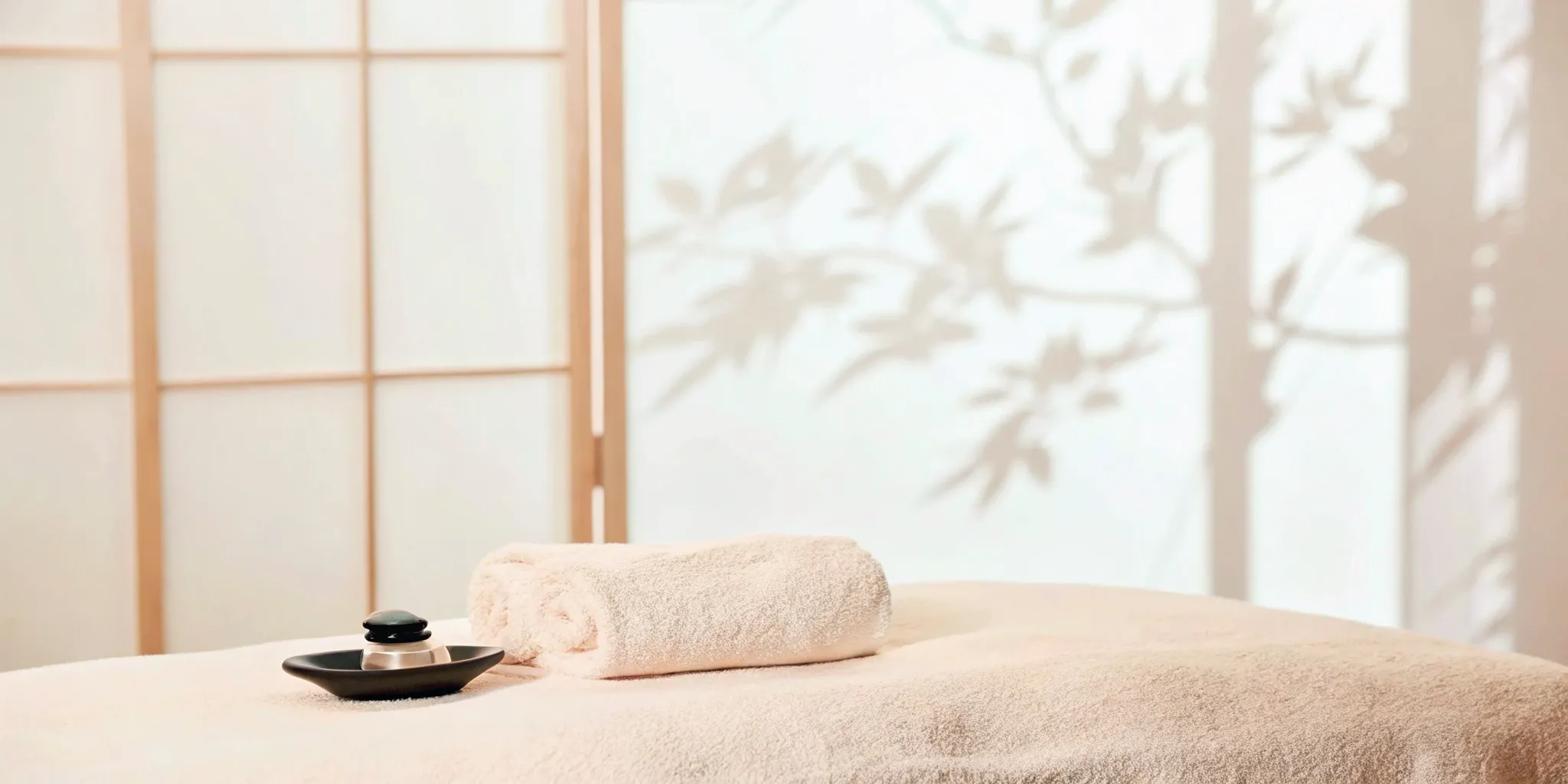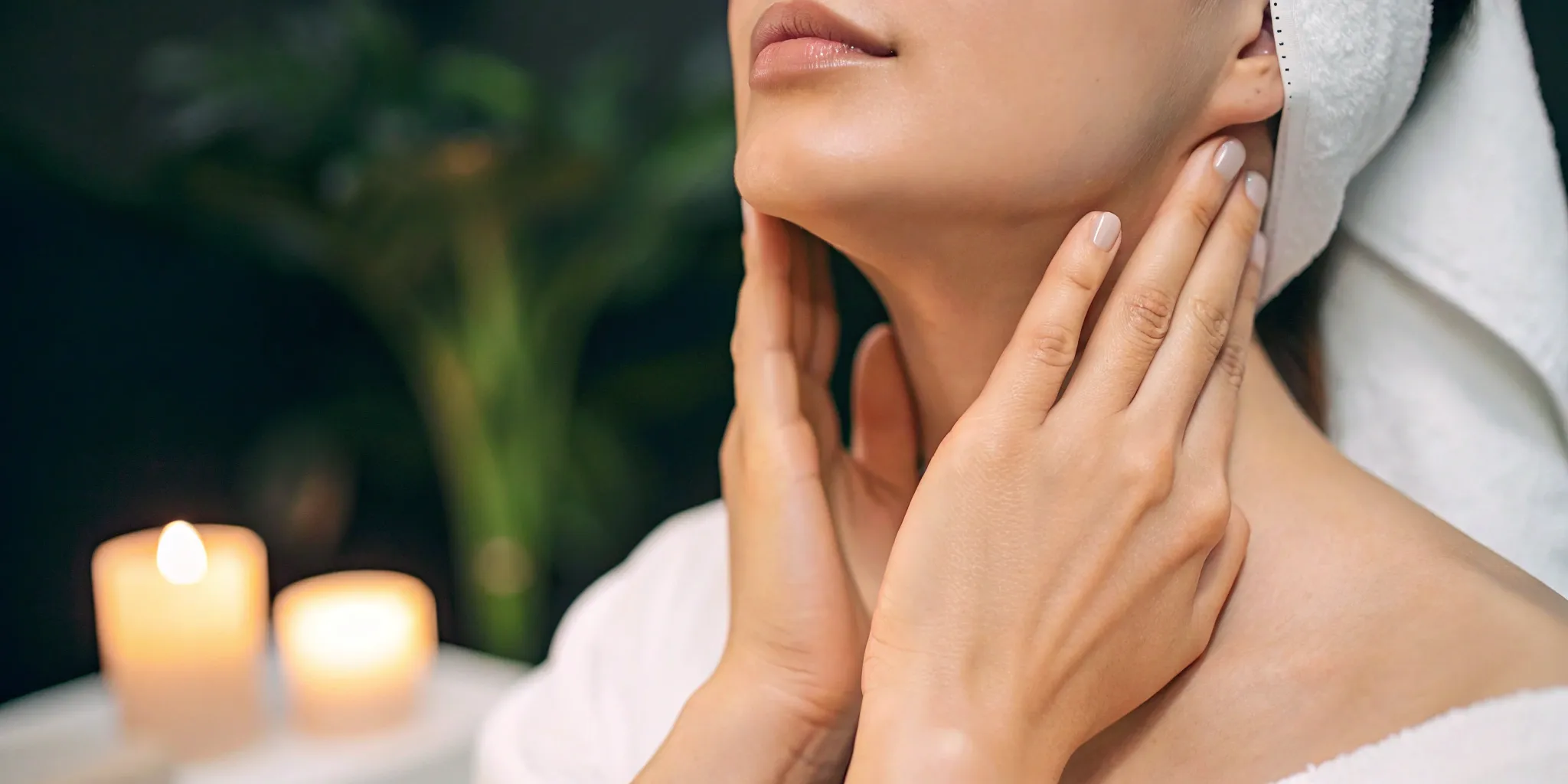Tattoos can be meaningful symbols or artistic expressions, but sometimes people want to remove them due to changing tastes or life circumstances. Laser hair removal with the PicoWay laser system by Candela stands out for its ability to address a wide range of tattoo types and colors. This system is designed to be more comfortable and efficient, offering promising results for those looking to erase unwanted ink. Knowing the process, from initial consultation to post-treatment care, can help you understand what to expect and how to maximize it.
How Laser Tattoo Removal Works
When a tattoo is applied, the ink is injected into the dermis, the second layer of skin, where the particles are too large for the body’s immune system to remove naturally. Lasers address this by emitting high-intensity light pulses that penetrate the skin and target the ink particles.
The PicoWay laser system, in particular, operates using picosecond pulses, which are extremely short bursts of laser energy. These picosecond pulses create a photoacoustic effect, meaning the laser energy produces a shockwave that shatters the ink particles into much smaller fragments. Unlike traditional lasers that rely on heat, PicoWay minimizes thermal damage to the surrounding skin, which can reduce discomfort and the risk of scarring.
Different wavelengths of laser light are used to target various colors of ink. For instance, PicoWay uses a 532 nm wavelength for red, yellow, and orange inks, a 730 nm wavelength for green and blue inks, and a 1064 nm wavelength for black, brown, and purple inks. This multi-wavelength approach allows the laser to treat tattoos of multiple colors in a single session effectively.
Once the ink particles are broken down into smaller pieces, the body’s lymphatic system gradually removes them. This process requires multiple treatment sessions spaced several weeks apart to allow the skin to heal and the body to clear the ink particles. The number of sessions needed depends on various factors, including the tattoo’s size, color, and depth, as well as the individual’s skin type and immune response.
The Tattoo Removal Process
The tattoo removal process with the PicoWay laser system begins with an initial consultation. During this session, a trained professional evaluates the tattoo to determine the number of sessions needed and assesses the individual’s skin type and medical history to guarantee they are a good candidate for the procedure. This consultation helps set realistic expectations regarding the removal process and potential results.
On the day of the treatment, the area to be treated is cleaned thoroughly to remove any oils, lotions, or dirt. Usually, a topical numbing lotion is administered to the skin to reduce pain throughout the process. After the numbing lotion takes effect, the PicoWay laser operator will configure the settings according to the person’s skin type and the colors of the tattoo.
The technician then directs the laser handpiece over the tattooed area, delivering short pulses of laser energy to the skin. The PicoWay laser emits picosecond pulses, which are incredibly brief bursts of energy that break down the tattoo ink into minute particles without inducing significant damage to the surrounding skin. Patients typically feel a snapping sensation on their skin, similar to the snapping of a rubber band, and some may experience mild discomfort depending on their pain tolerance and the location of the tattoo.
Post-Treatment
After the laser session, the treated area may appear red and swollen, resembling a sunburn. To stop infection, a sterile bandage is placed over the affected region, and a topical antibiotic solution is applied. The patient is given detailed aftercare instructions, including keeping the area clean and dry, avoiding sun exposure, and refraining from picking at any scabs that form.
Following these guidelines helps ensure optimal healing and lessens the risk of adverse outcomes such as infection or scarring. Adhering to aftercare instructions and attending follow-up appointments can greatly enhance the effectiveness of the tattoo removal process.
Healing Timeline and Expected Results
Patients who manage their expectations and comprehend the healing timeline can attain optimal results from PicoWay laser tattoo removal treatment.
First Week:
- Scabbing and Blistering: It is common for the treated area to form scabs or blisters. These should not be picked at, as doing so can increase the risk of infection and scarring.
- Care Instructions: Apply a topical antibiotic ointment and bandage the area to protect it from infection. Keep the area clean and dry, avoiding water immersion (such as swimming pools or hot tubs).
2-3 Weeks Post-Treatment:
- Fading of Ink: The tattoo ink will gradually begin to fade as the body’s immune system starts to remove the fragmented ink particles.
- Skin Recovery: The skin continues to heal, and any scabs or blisters will typically resolve. The area may still be slightly sensitive.
4-6 Weeks Post-Treatment:
- Full Healing: By this time, the skin should be fully healed from the previous laser session, and any remaining redness or swelling should have subsided.
- Evaluation: A follow-up appointment may be scheduled to evaluate the progress and determine if additional sessions are needed.
Multiple Sessions:
- Number of Treatments: Most tattoos require multiple sessions for complete removal, typically between 6 to 10 sessions, depending on various factors such as the size, color, and depth of the tattoo, as well as the individual’s skin type and immune response.
- Session Spacing: Sessions are usually spaced 4 to 6 weeks apart to allow adequate time for healing and maximum ink reduction between treatments.
Long-Term Results:
- Ink Reduction: Patients should anticipate a noticeable fading or total tattoo removal over several sessions. The PicoWay laser effectively uses various ink colors, including traditionally difficult-to-remove colors like green and blue.
- Skin Appearance: The treated skin should return to a normal appearance, although some patients may notice slight textural changes or lightening of the skin where the tattoo was removed. Proper aftercare and adherence to treatment schedules can minimize these effects.
Expected Outcomes:
- Varied Results: Individual results can vary based on the tattoo’s characteristics and the patient’s adherence to aftercare instructions. Some tattoos may be completely removed, while others may only significantly fade.
- Minimal Scarring: Thanks to the PicoWay laser’s advanced technology, the risk of scarring is minimal when proper aftercare is followed.
Takeaway
At American Derma Solutions and Spa, our expert team is here to help you achieve clear, ink-free skin with the advanced PicoWay laser system. Whether your tattoo is large, small, colorful, or monochrome, our personalized treatment plans ensure effective and safe removal with minimal discomfort and downtime.
Schedule your consultation with us today and discover how our state-of-the-art technology and experienced professionals can make your tattoo removal journey smooth and successful. Contact or book your appointment today!
Consent Form







